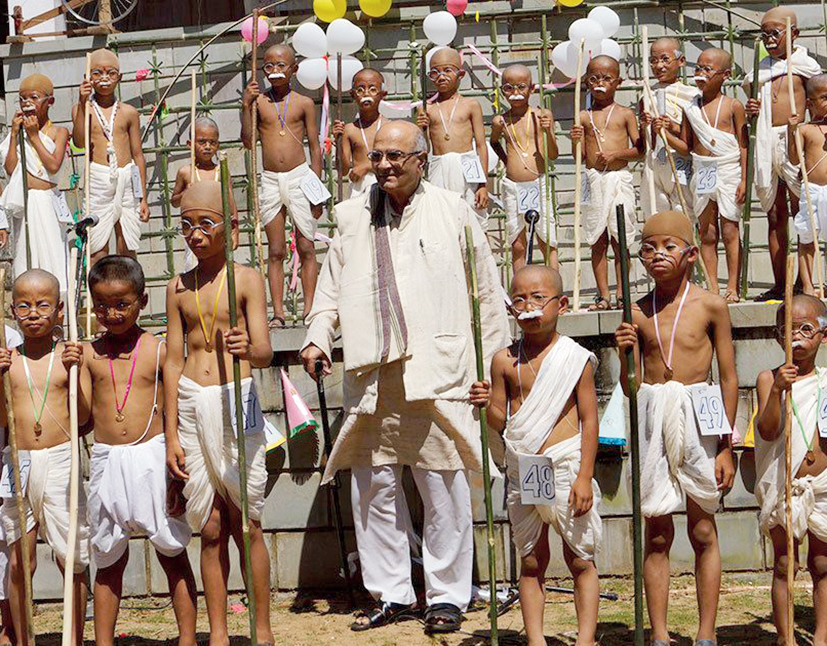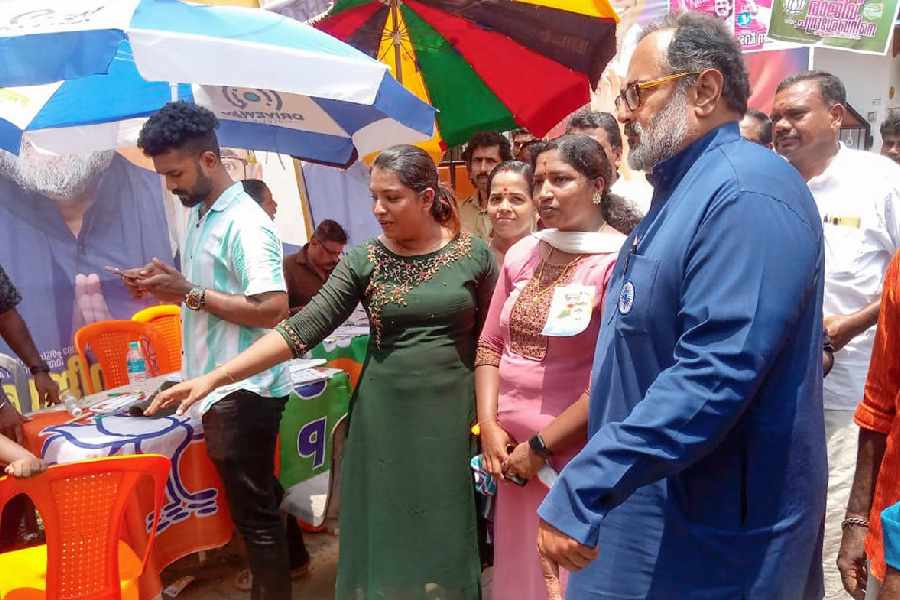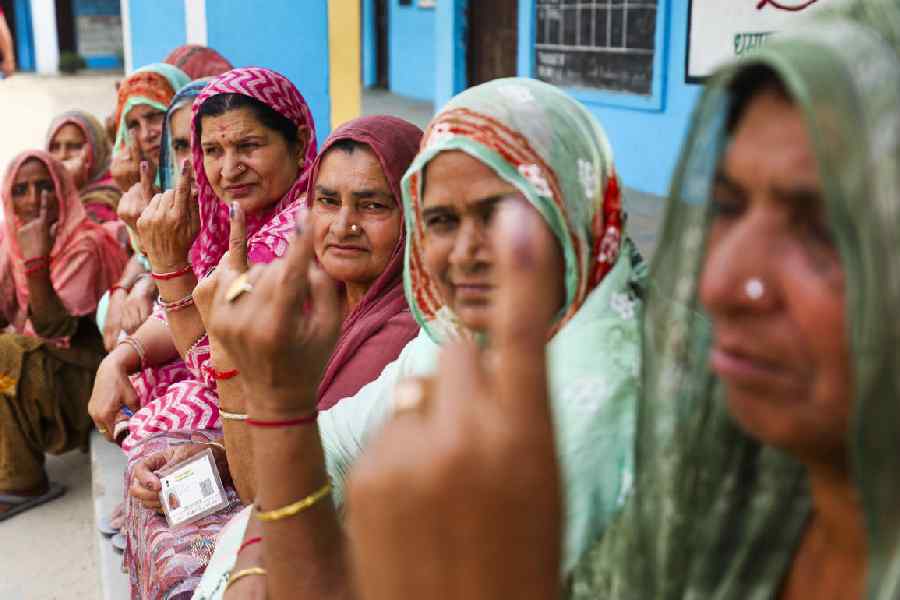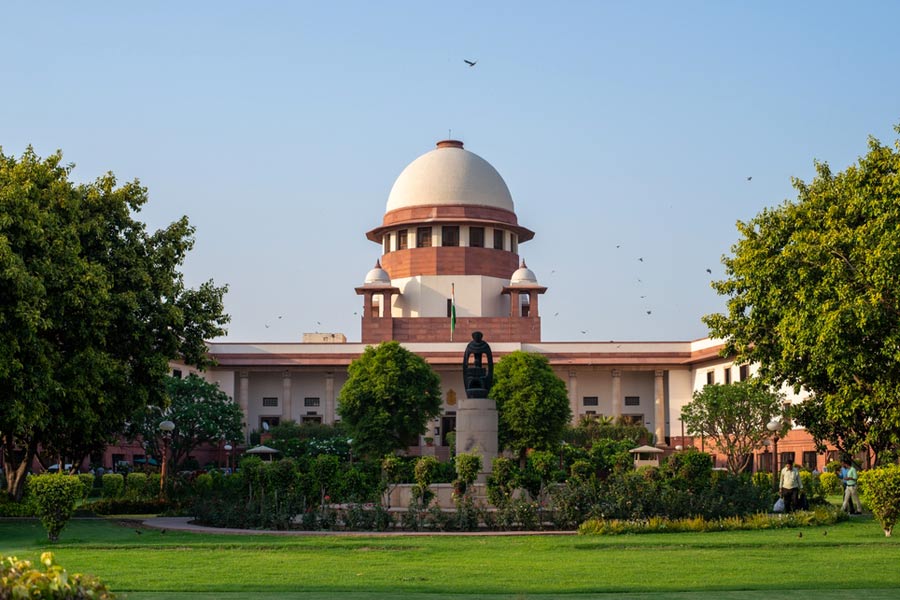There was something peculiarly striking about the fiction and non-fiction works of Naga writers in the the final round of the contest for the second Gordon Graham Prize for Naga Literature last year, organized by the Kohima Education Society. While Naga non-fiction writing is seemingly unable to break free from the mould of recalling the Naga resistance movement, ending up recycling and retelling the same story with little or no addition to the body of knowledge or insights already available, it must be said that fiction writing from Nagaland is beginning to show signs of new life. Organizers clarified that there were not many entries, but this trend could not have missed any observer.
There were two finalists in the non-fiction category. One retells the story of the Naga struggle and the other ventures away from this overtrodden path into the field of anthropology to record the indigenous traditions of each of the 16 tribes of the state. The first was the winner probably because of the popular impression that the second lacked the requisite tools and command of the discipline to tackle the subject. In the fiction category, however, there were three novels, and among them they covered a wide spectrum of the Naga world. But quite bewilderingly, all three shared one strange quality. In none of them is there even a faint echo of the bloody conflict Nagaland has gone through in all of seven decades, contrasting quite loudly with the almost obsessive focus of most of the state’s nonfiction writings.
One of these novels is set in a college campus. Well-conceived and told, the plot has Naga teens addicted to Korean videos, skipping classes, falling in and out of love and so on, and the story spans just a college semester, so the silence is somewhat understandable. The second is about a poor village girl from an influential clan in an unhappy arranged marriage with an older but rich man from a lesser clan. The slow and brooding plot drags over nearly three decades, coinciding with the most troubled decades of the Naga conflict; therefore, it is unnatural that the shadows of the conflict should not have touched the lives of the protagonists, even if indirectly by the inconvenience of curfews and strikes. The third is intense. It tells of two Naga women, a mother first and then her daughter later, in abusive marital relations, revealing in the process the deeply patriarchal Naga world. Dehumanized by almost daily savage physical abuse, their inability to see beyond their immediate worlds is also somewhat forgivable. Not surprisingly, this story bagged the prize.
However, when the books in both the categories are read together, a psychological landscape emerges, reminiscent of the extremely problematic nature of memory, not only on the question of its much-debated reliability as historical evidence, but also of the nature of the dilemma they induce for those who bear them, especially memories of indignity and trauma. The delicate nuances of this dilemma could not have been better portrayed than by the film-maker, Alain Resnais, in the 1959 classic, Hiroshima Mon Amour, where the director explores the idea of forgetting a traumatic past as liberation, but also how this liberation is burdened by the guilt of betrayal.
The seeming absolute disconnect between the worlds of Naga non-fiction and fiction imagination hence also tells of the turmoil Nagas have gone through in a different way. In Resnais’s work, this tearing inner conflict is eloquently articulated by the French woman protagonist: “Like you, I wanted to have an inconsolable memory... For my part, I struggled with all my might, every day, against the horror of no longer understanding at all the reason for remembering. Like you, I forgot...”
This deafening silence on the recent violent history of Nagaland in Naga fiction may indeed be an expression of a universal combat fatigue and an unconscious longing to forget and leave behind a past of trauma as a way of liberating the self. But as to whether this forgetting is merely a manifestation of the Freudian ego defence mechanism of repression, an unconscious strategy employed by the ego to keep disturbing thoughts from becoming conscious, or else a demonstration of a considered coming to terms with the past, is not certain. The prevalence of an almost compulsive preoccupation in Naga non-fiction to recall this past trauma does indicate that the former is the case, for this may be a manifestation of the guilt of repressed memory. Quite obviously, the memory of a traumatic past is not easy to exorcize. The stories of those who have suffered and died for a common unfulfilled dream cannot be easily disowned by generations that follow. The separate trajectories of the two genres may therefore be indicative of the onerous challenge ahead of resolving the crisis of a painfully split Naga self.
The author is a senior journalist












